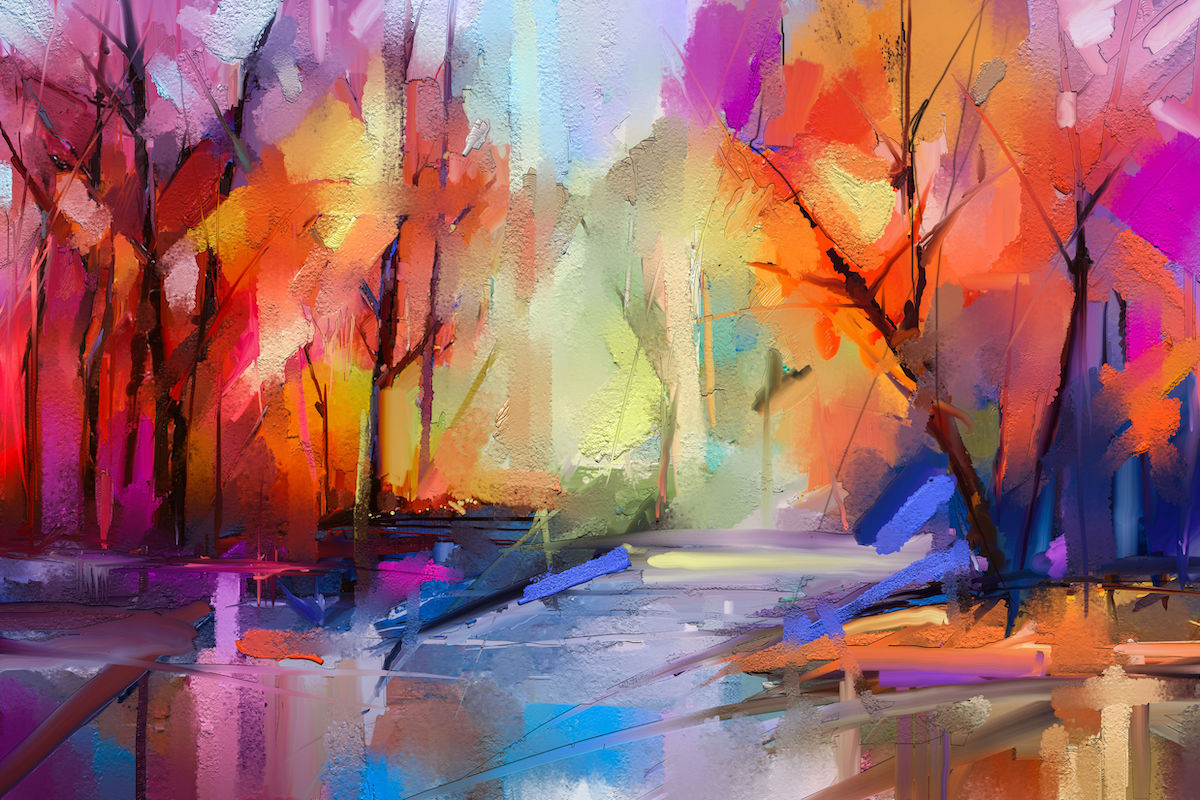
“I am an Art Consultant!”
“I am an Art Consultant?”
“I, am an Art Consultant.”
It took me one full year to fully appreciate my own role in helping designers, procurement specialists, and home owners find their wall décor.
But let’s call it what it is; it’s art. Sometimes inexpensive, sometimes an investment, but regardless of the price tag and the level of exposure the artist may have, the end result is the feeling that a piece of art evokes in the viewer. Bliss! Joy! A memory! A feeling! And art always — and I mean always — evokes an emotion.
My journey into the emotions that art inspires
I studied Art History and Art Appreciation in university. I knew I enjoyed painting, photography and sculpture, but I didn’t know how to inspect other people’s art, or even how to view art. And more importantly, why art is so crucial, and where it evolved from.
Ancient cave paintings were discovered way before the Egyptians, and the art found on cave walls actually depicted stories of the people who lived in those regions. We know that this form of art was discovered in various parts of the world, and became a form of story-telling and history-making.
Fast forward to the world of the medieval aristocracy, when kings and queens would commission tradespeople to make their furniture and hire artists to paint their portraits. Churches adorned their windows with religious stories and legends, while paintings and tapestries bestowed beauty on bare walls.
The evolving influence of art
Through time, art became more than just storytelling; it allowed for expression and interpretation. We had the era of the Impressionists and the Cubists, for which Picasso became famous (and even created his own genre). Van Gogh and his famed friend Gaugin, along with others from that period — Monet and Seurat — helped develop the Expressionist period.
Today, with the advent of inexpensive prints and the mass production of art, we are privileged to be able to appreciate art from a range of emerging artists as well as established artists. Those who couldn’t afford to buy or commission pieces may now purchase art. This is bringing a new throng of enthusiasts to the art stage.
One of the most important aspects of appreciating and enjoying a piece of art is how it makes you feel, and why. It’s not just about paint on canvas — there is much to appreciate, including scale, movement, colour, and balance. All of these factors play into the finished effect.
The history of art has shown us that light, colour and balance draw the viewer into the piece. Yes, the subject matter may make someone relate to the visual elements, but the key is the way the eye gets drawn into a canvas, and how the composition makes it stay there to savour more, and experience more, and therefore create a reaction, an emotion, that ultimately leads to a feeling of appreciation.
Whether it is because of the colours Monet chose, or the painterly dots of Seurat, or the high realism of the Dutch Masters, the history of art plays very much into the modern art that we have the privilege of enjoying today.
I love choosing pieces that work in spaces that are both traditional and contemporary. As we spend more time in our homes, it is becoming increasingly important that we find things for our home that bring us joy, peace, contentment, and happiness.
Until just recently, I was choosing art for seniors’ homes and offices, but now that there is a shift to working from home, I find I’m applying the same principles as I did when I was selecting art for the common areas of a condo lobby; there has to be something in the piece that draws you in, and keeps you there until it inspires a feeling, an emotion, a response.
We’d love to hear from you! Please send us your suggestions for future articles. And if you’re a writer, please see our writer’s submissions page for details.

